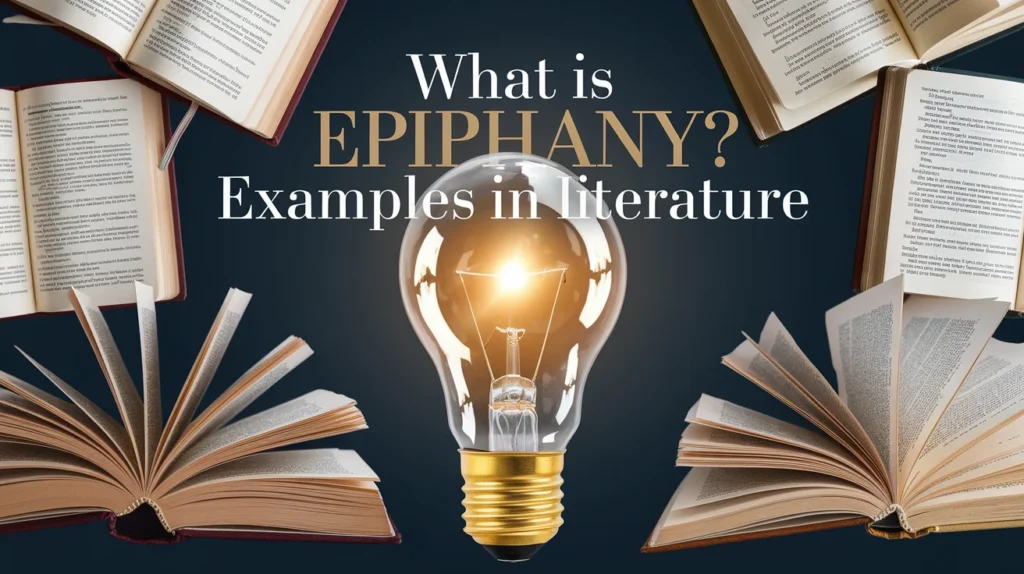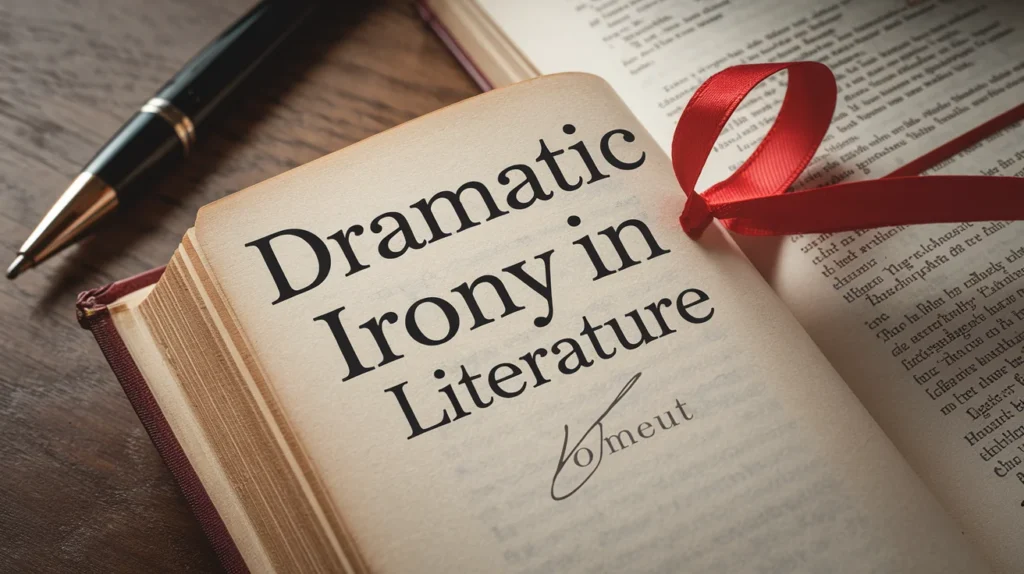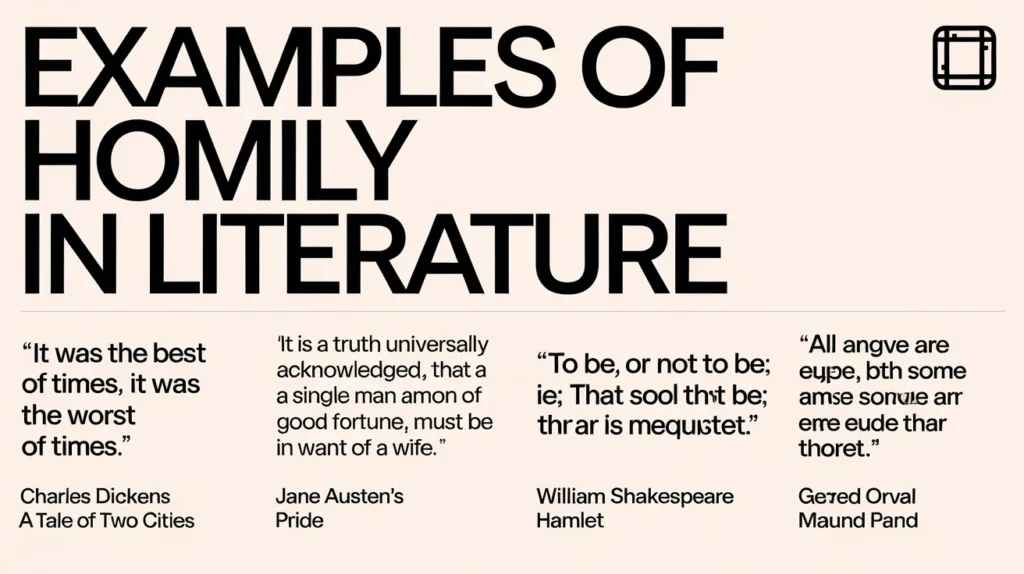Have you ever experienced a sudden realization that completely changed your perspective? That “aha!” moment when everything clicks into place? In literature, this moment is called an epiphany. Authors use epiphanies to transform characters, deepen themes, and create unforgettable stories.
Epiphanies aren’t just plot devices; they reflect real human experiences. From James Joyce’s Stephen Dedalus discovering his artistic calling to Emma Woodhouse realizing her true feelings for Mr. Knightley, epiphanies shape characters’ journeys. But what exactly is an epiphany? How does it function in literature? And what are the best examples of epiphanies in storytelling?
In this guide, we’ll explore the definition, significance, and impact of epiphany in literature. We’ll analyze famous examples, compare epiphanies to other literary devices, and even dive into the psychological and philosophical depths of these powerful moments. Whether you’re a writer, reader, or literature enthusiast, this article will enrich your understanding of epiphanies and their role in storytelling.
1. What Is an Epiphany?
Definition and Origin
The term epiphany comes from the Greek word epiphaneia, meaning “manifestation” or “appearance.” In religious contexts, it refers to the moment of divine revelation. Over time, the meaning expanded to include sudden realizations or insights that change a person’s understanding.
In literature, an epiphany is a moment of sudden clarity or understanding experienced by a character. This realization reshapes their perception of themselves, others, or the world around them.
Key Characteristics of an Epiphany in Literature
- Suddenness – The realization often occurs unexpectedly, triggered by an event, conversation, or observation.
- Personal transformation – The character’s thoughts, actions, or emotions shift dramatically.
- Deep insight – The revelation provides clarity about a personal, philosophical, or thematic issue.
- Irreversibility – The character cannot “unsee” or “unlearn” the newfound knowledge.
Epiphany vs. Realization vs. Climax
| Literary Device | Definition | Example |
| Epiphany | A sudden, transformative realization | Jay Gatsby realizing Daisy isn’t the dream he imagined (The Great Gatsby) |
| Realization | A more gradual understanding of something | Scout Finch realizing Boo Radley is kind, not scary (To Kill a Mockingbird) |
| Climax | The peak moment of action in a story | Hamlet finally taking revenge on Claudius (Hamlet) |
2. The Function of Epiphany in Literature
1. Shaping Character Development
An epiphany often marks a turning point in a character’s arc. After experiencing a revelation, they may change their actions, beliefs, or attitudes.
Example:
- Ebenezer Scrooge (A Christmas Carol by Charles Dickens) – After visions from the Ghosts of Christmas Past, Present, and Future, he realizes he must change his miserly ways.
2. Driving Plot Progression
An epiphany can push the plot forward by prompting decisive actions or conflicts.
Example:
- Oedipus (Oedipus Rex by Sophocles) – He realizes he has unknowingly fulfilled the prophecy by killing his father and marrying his mother, which leads to his downfall.
3. Reinforcing Themes
Epiphanies highlight thematic elements by revealing deep truths about life, identity, or morality.
Example:
- Holden Caulfield (The Catcher in the Rye by J.D. Salinger) – He realizes he cannot protect children from the harsh realities of the world, reinforcing the novel’s themes of innocence and growing up.
3. Famous Examples of Epiphany in Literature
3.1. James Joyce – A Portrait of the Artist as a Young Man
Epiphany: Stephen Dedalus realizes he must embrace his artistic calling and leave Ireland.
“I will not serve that in which I no longer believe.”
Impact: His newfound purpose leads him to pursue art and self-exile.
3.2. Toni Morrison – The Bluest Eye
Epiphany: Pecola believes that having blue eyes will make her beautiful and loved.
Impact: This tragic realization highlights racial self-hatred and societal beauty standards.
3.3. Jane Austen – Emma
Epiphany: Emma realizes she loves Mr. Knightley.
Impact: This moment drives her character growth and leads to the novel’s resolution.
3.4. Charlotte Brontë – Jane Eyre
Epiphany: Jane realizes she must remain true to herself, even if it means leaving Rochester.
Impact: This moment reinforces the novel’s theme of self-respect and independence.
4. Epiphany vs. Similar Literary Devices
| Device | Definition | Example |
| Turning Point | A shift in the story’s direction | Macbeth deciding to murder King Duncan |
| Moment of Insight | A realization, but not necessarily transformative | Dr. Watson recognizing Sherlock’s brilliance |
| Revelation | A disclosure of previously unknown information | Luke Skywalker learning Darth Vader is his father |
5. The Psychological and Philosophical Aspects of Epiphany
Psychological Triggers of Epiphanies
- Cognitive Dissonance – When a person’s beliefs clash with new information.
- Reflection and Introspection – Thinking deeply about personal experiences.
- External Shocks – Life-changing events that force new understanding.
Philosophical Interpretations
- Existentialism – Epiphanies help characters understand their purpose.
- Humanism – Moments of realization empower individual growth.
6. The Lasting Impact of Epiphany in Storytelling
Why Epiphanies Resonate with Readers
- They mirror real-life experiences of personal growth.
- They provide deep emotional satisfaction in storytelling.
- They make characters more relatable by showcasing human nature.
Modern Examples in Film and Media
| Story | Epiphany Moment |
| The Matrix | Neo realizes he is “The One.” |
| Breaking Bad | Walter White embraces his transformation into Heisenberg. |
FAQs About Epiphany in Literature
1. How is epiphany different from a climax?
An epiphany is a realization, while a climax is the story’s peak moment of action.
2. Can epiphanies be negative?
Yes, characters can have tragic epiphanies that lead to downfall.
3. Do all stories need an epiphany?
No, but well-placed epiphanies enhance character depth and storytelling.


